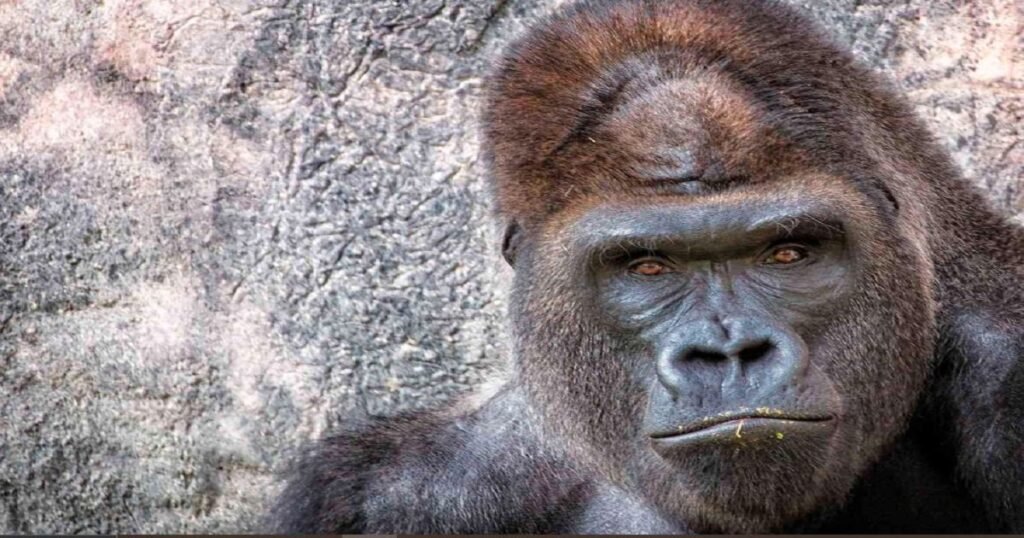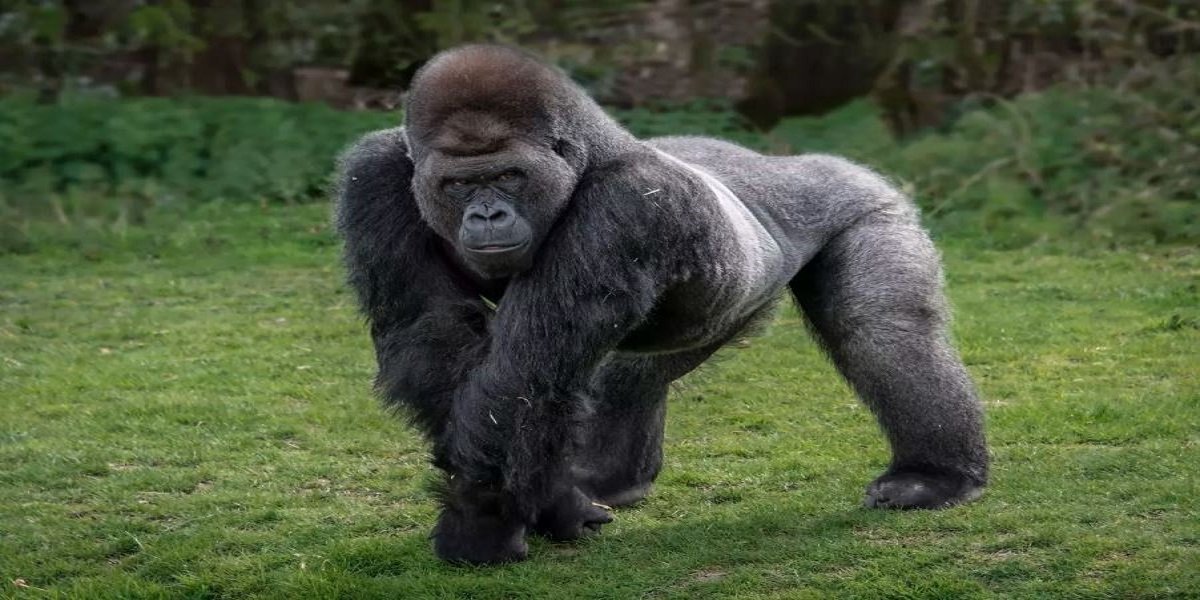Being a zookeeper is a demanding yet incredibly rewarding profession. At the Fort Worth Zoo, one of the most significant responsibilities is caring for the silverback gorilla, a species that commands respect and admiration. In this article, we delve into the daily life of a Fort Worth zookeeper, their relationship with the silverback gorillas, and the conservation efforts to protect these magnificent creatures.
The Role of a Zookeeper
A zookeeper’s primary role is to ensure the well-being of the animals under their care. This involves feeding, cleaning, monitoring health, and providing enrichment activities to stimulate the animals physically and mentally. For those at the Fort Worth Zoo, working with silverback gorillas presents unique challenges and rewards.
Daily Routine
The day begins early for a Fort Worth zookeeper. They start by checking on the gorillas to ensure they are healthy and comfortable. This involves a visual inspection to check for any signs of illness or injury. The zookeepers then prepare the gorillas’ food, which includes a variety of fruits, vegetables, and specially formulated gorilla chow to meet their nutritional needs.
Enrichment and Training
Enrichment is a crucial part of a gorilla’s care. It involves providing activities and items that encourage natural behaviors and mental stimulation. For silverback gorillas, this can include puzzle feeders, climbing structures, and foraging activities. Training sessions are also essential, not only for enrichment but also for medical care. Zookeepers use positive reinforcement techniques to train gorillas to participate in their care voluntarily, such as presenting a limb for a blood draw or stepping onto a scale.
The Silverback Gorilla: A Gentle Giant
Silverback gorillas are the mature, dominant males of a gorilla troop. They are known for their impressive size, strength, and the distinctive silver hair on their backs. Despite their formidable appearance, silverback gorillas are generally gentle and play a crucial role in the social structure of their groups.
Social Structure
In the wild, silverback gorillas lead groups that can include several females and their offspring. The silverback is responsible for the group’s protection, making decisions about movement, and mediating conflicts. In captivity, such as at the Fort Worth Zoo, the social dynamics can be different but equally complex. Zookeepers must carefully manage introductions and relationships to ensure harmony within the troop.
Conservation Status
Silverback gorillas belong to species that are critically endangered due to habitat loss, poaching, and disease. Conservation efforts are vital to their survival. The Fort Worth Zoo participates in breeding programs and works with international organizations to support gorilla conservation in the wild.
The Bond Between Zookeepers and Gorillas
One of the most remarkable aspects of a zookeeper’s job is the bond they form with the animals. This relationship is built on trust and respect. Over time, zookeepers learn the personalities and preferences of each gorilla, which helps them provide better care.
Communication and Trust
Gorillas are highly intelligent and capable of complex communication. Zookeepers use a combination of vocalizations, gestures, and facial expressions to communicate with the gorillas. Building trust is a gradual process that requires patience and consistency. This trust is crucial for managing the gorillas’ health and well-being.
Emotional Rewards
The emotional rewards of working with gorillas are immense. Zookeepers often describe the deep satisfaction they feel when a gorilla they have cared for overcomes a health issue or successfully gives birth to a healthy infant. These moments highlight the importance of their work and the profound connections they share with the animals.
The Challenges of Zookeeping
While the job is rewarding, it is not without challenges. Caring for silverback gorillas requires physical stamina, emotional resilience, and a thorough understanding of animal behavior.
Health and Safety
Zookeepers must follow strict protocols to ensure their safety and the safety of the gorillas. This includes wearing protective gear, following hygiene practices to prevent disease transmission, and being vigilant during interactions. Working with such powerful animals also means being constantly aware of their moods and behaviors to prevent accidents.
Conservation and Education

Another significant challenge is the broader issue of conservation. Zookeepers at the Fort Worth Zoo are deeply involved in education and advocacy efforts. They engage with the public to raise awareness about the threats facing gorillas and what can be done to help. This educational role is critical in fostering a connection between the public and wildlife, encouraging conservation efforts.
Fort Worth Zoo: A Leader in Gorilla Care
The Fort Worth Zoo is renowned for its commitment to animal care and conservation. Their gorilla habitat is designed to mimic the natural environment as closely as possible, providing the gorillas with space to roam, climb, and explore.
Innovative Practices
The zoo employs innovative practices to enhance the well-being of their gorillas. This includes state-of-the-art medical facilities, a diverse enrichment program, and collaborations with researchers to advance our understanding of gorilla behavior and health.
Community Involvement
The Fort Worth Zoo also emphasizes community involvement. They offer programs and events that allow visitors to learn about gorillas and other species up close. These initiatives are designed to inspire the next generation of conservationists and animal lovers.
Conclusion
The life of a Fort Worth zookeeper, particularly those working with silverback gorillas, is filled with dedication, challenges, and incredible rewards. These professionals play a vital role in the conservation of one of our closest relatives in the animal kingdom. Through their efforts, we gain a deeper appreciation for the majesty of the silverback gorilla and the importance of preserving their natural habitats.
FAQs
Silverback gorillas at the Fort Worth Zoo are fed a diet that includes fruits, vegetables, and specially formulated gorilla chow to ensure they receive all necessary nutrients.
Zookeepers use a combination of vocalizations, gestures, and facial expressions to communicate with gorillas, building trust and understanding over time.
Enrichment involves providing activities and items that encourage natural behaviors and mental stimulation. It is crucial for the physical and psychological well-being of gorillas.
The Fort Worth Zoo participates in breeding programs, supports international conservation efforts, and engages in public education to raise awareness about the threats facing gorillas.
Challenges include ensuring health and safety, managing complex social dynamics, and addressing broader conservation issues. Physical stamina, emotional resilience, and a deep understanding of animal behavior are essential.
